-
First use in Western hemisphere of linear accelerator to treat cancer
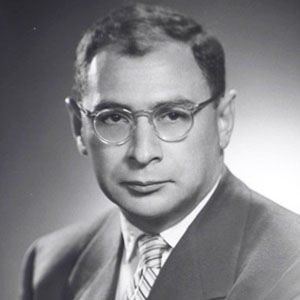
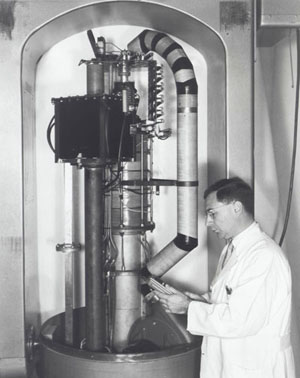
A 2-year-old boy with a tumor in his eye is the first to undergo X-ray treatment from a medical linear accelerator developed by Henry Kaplan and campus physicists.
Read more about Dr. Henry Kaplan (PDF)
Read the 1956 press release (PDF)
-
First kidney transplant in California

Surgeon Roy Cohn leads the first human kidney transplant operation on the West Coast.
-
First neonatal intensive care unit to allow parent visitation
Stanford creates the first neonatal intensive care unit that allows visitation by parents.
-
Demonstration of electrical stimulation of auditory nerve in deaf patients, paving the way for cochlear implants

Otolaryngologists Blair Simmons and John Epley electrically stimulate nerve cells in the ear of a 61-year-old deaf man by implanting six tiny wires in his auditory nerve, paving the way for cochlear implants.
-
First successful clinical application of laser photocoagulation to treat detached retina (retinal)

Ophthalmologists Milton Flocks and Christian Zweng successfully use a laser photocoagulator to treat patients with various retinal diseases.
-
Development of the first sleep apnea monitor for newborn infants
The first sleep-apnea monitors for infants with a variety of acute and chronic disorders are put into use.
-
Development of technique for extracting anti-hemophilic globulin, the blood fraction needed to prevent bleeding in hemophiliacs
Researchers develop a technique for extracting blood required to avoid internal bleeding in hemophiliacs.
-
First synthesis of biologically active DNA in test tube
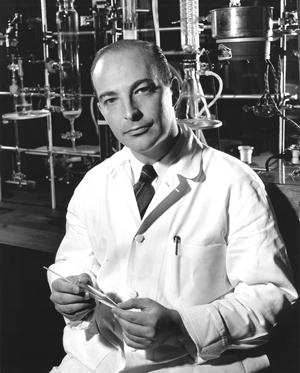
Nobel laureate Arthur Kornberg creates a strand of biologically active DNA, paving the way for studies of genetics.
-
First adult human heart transplant in the United States

Norman Shumway successfully transplants a heart into 54-year-old steelworker Mike Kasperak, who survives for 14 days.
-
Discovery that insulin resistance is the principal physiologic characteristic of mild type-II diabetes and obesity

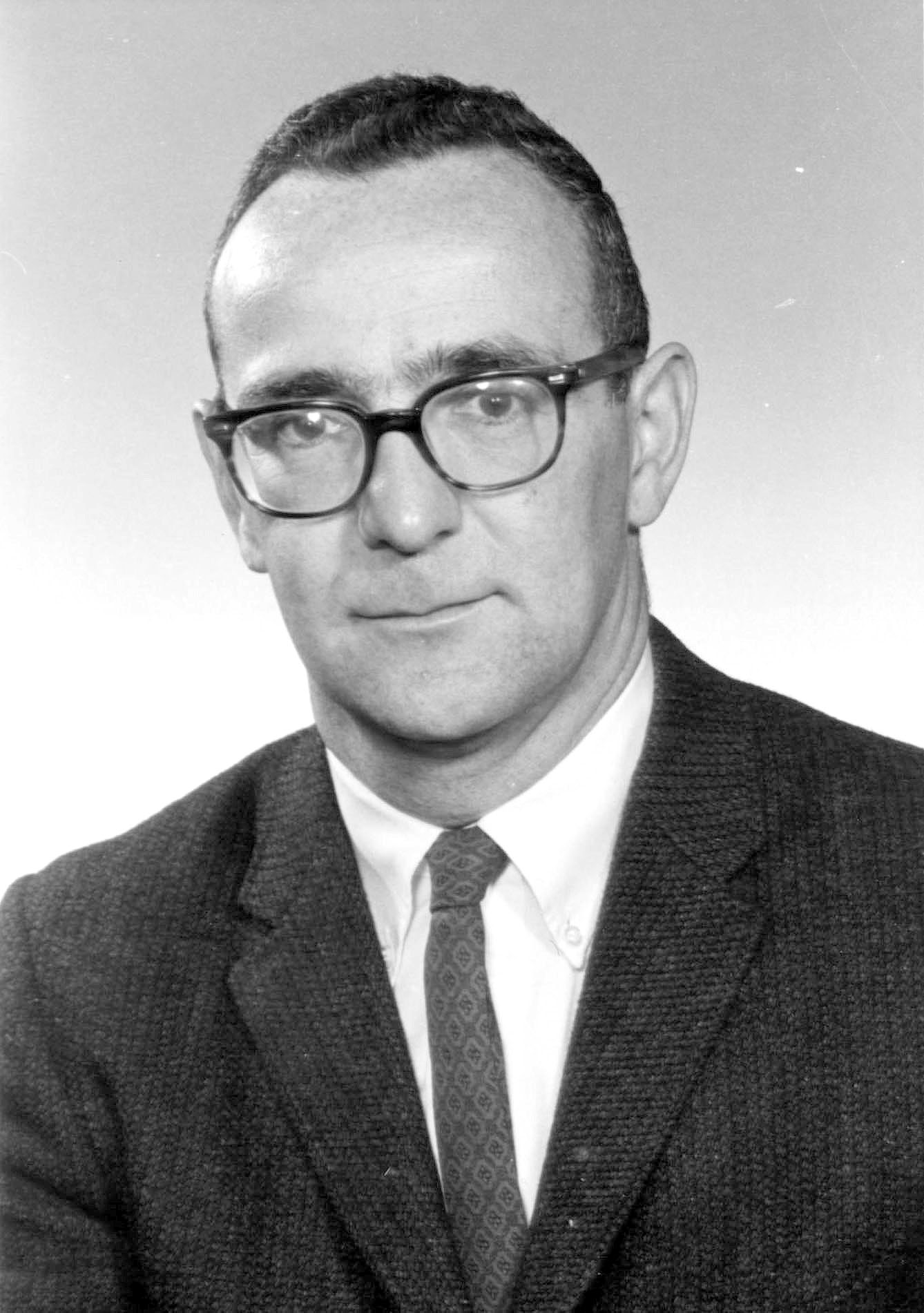
Researchers John Farquhar and Gerald Reaven discover the principal physiological characteristic of type-2 diabetes is insulin resistance.
-
Discovery of RNA priming of DNA synthesis


Scientists Arthur Kornberg and Douglas Brutlag discover that DNA replication can be prepared by the host RNA.
-
First multicenter trial to demonstrate that lowering cholesterol levels prevents heart disease


John Farquhar and Peter Wood lead the first large clinical investigation that shows lowering cholesterol levels prevents heart disease.
-
First construction of a recombinant DNA molecule containing DNA from two different species

Biochemist Paul Berg successfully combines the DNA of two different organisms. The discovery later earns Berg the 1980 Nobel Prize in Chemistry.
-
First U.S. trial of community-wide health education for preventing heart disease


John Farquhar and Peter Wood conduct the first large-scale education about the treatment and prevention of heart disease.
-
Discovery of a new class of immune response genes, suggesting for the first time that people may have predictable susceptibility to certain diseases

Immunologist Hugh McDevitt discovers regulatory genes believed to control the body's reponses to foreign proteins, which suggests that people may have predictable susceptibility to certain diseases.
-
First expression of a foreign gene implanted in bacteria by recombinant DNA methods
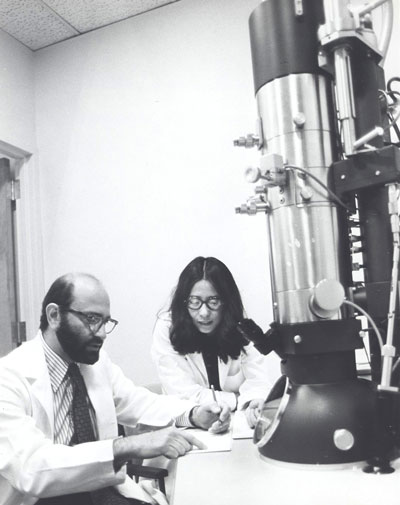
Geneticist Stanely Cohen transfers a foreign gene into bacterial cells, which then express the gene.
-
Isolation of genome – genetic blueprint – of a virus that causes hepatitis B and a common form of liver cancer

Researcher William S. Robinson isolates the genetic blueprint of a virus that causes hepatitis B and a common form of liver cancer.
-
Discovery of link between exercise and increased “good” (HDL) cholesterol levels

John Farquhar and Peter Wood demonstrate that exercise is associated with an increase in "good" cholesterol levels, and can decrease the likelihood of coronary problems.
-
Discovery of dynorphin, a brain chemical 200 times more powerful than morphine

Pharmacologist Avram Goldstein discovers a chemical in the human brain that could lead to the development of powerful painkillers with fewer undesirable side effects.
-
First creation of human hybridoma cell line
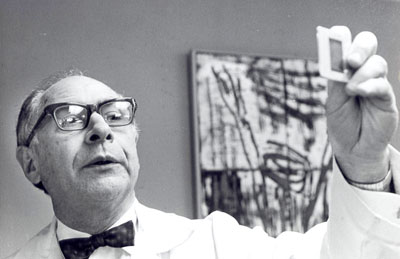
Henry Kaplan and Lennart Olsson create cells to manufacture human antibodies for the improved diagnosis and treatment of diseases.
-
First successful human combined heart/lung transplant in the world (fourth attempted worldwide)

Mary Gohlke receives the world's first combined heart and lung transplant in a landmark operation led by surgeon Bruce Reitz.
-
First report of successful use of monoclonal antibodies to treat cancer

Oncologist Ronald Levy reports the first successful use of monoclonal antibodies, which are laboratory-created molecules engineered to attach to specific defects in cancer cells.
-
Development with UC-San Diego of the first human monoclonal antibody for treating septic shock

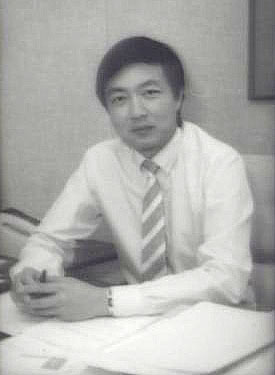
Stanford's Henry Kaplan and Nelson Teng and colleagues at UC-San Diego develop the first human monoclonal antibody for treating overwhelming infections.
-
Isolation of a gene coding for part of the T-cell receptor, a key to the immune system’s function
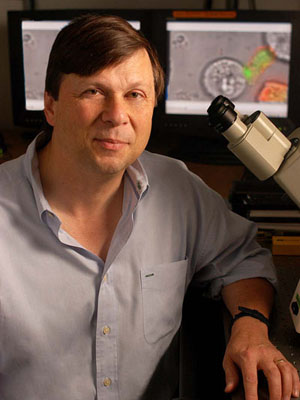
Immunologist Mark Davis characterizes the T-cell receptor, believed to regulate the body's response to infectious agents and cancerous diseases.
-
Isolation of pure hematopoietic stem cells from mice
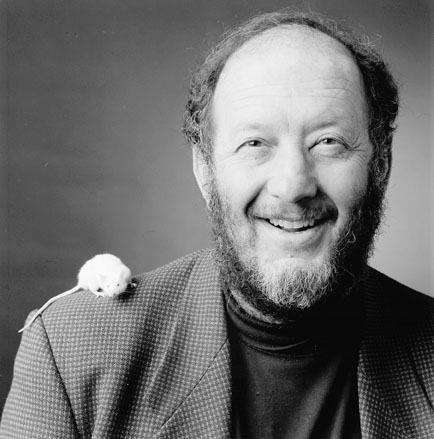
Pathologist Irving Weissman isolates a rare mouse cell, known as the hematopoetic stem cell, which gives rise to all the cells of the blood and immune systems.
-
Development of an animal model for studying the human immune system

Researchers Irving Weissman and Mike McCune create an animal model that can be used to study a variety of human diseases.
-
Discovery of the “homing receptor,” which guides white blood cells into the peripheral lymph nodes

Pathologist Eugene Butcher discovers a receptor that guides white blood cells into the peripheral lymph nodes.
-
Discovery of “off-switch” for genetic reproduction in bacteria

Biochemist Arthur Kornberg finds a chemical impulse that turns off the reproductive machinery in the chromosomes of E. coli bacteria.
-
Development of a genetically engineered vaccine to enhance patients’ immunological response against B-cell lymphoma

Oncologist Ron Levy develops a cancer vaccine that could prevent recurrrent lymphomas in patients treated with chemotherapy.
-
Discovered the gene underlying a group of diseases called the demyelinating peripheral neuropathies in which the protective covering on nerves breaks down and the nerves are unable to function properly

Neurobiologist Eric Shooter finds a gene involved in nerve disorders in which the protective covering on nerves breaks down.
Read more about Dr. Shooter (PDF)
-
First functional image using time-resolved optics

Researchers produce the first functional image using time-resolved, near-infrared light.
-
First clinical trial testing methods for preventing eating disorders in adolescents

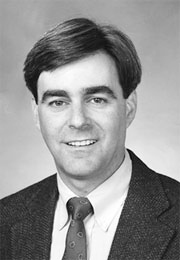
Researchers Joel Killen and Thomas Robinson publish findings that shed light on the causes of eating disorders in adolescents.
-
First demonstration that lifestyle changes and drug therapy decrease heart attack rates and slows progression of atherosclerosis in coronary arteries
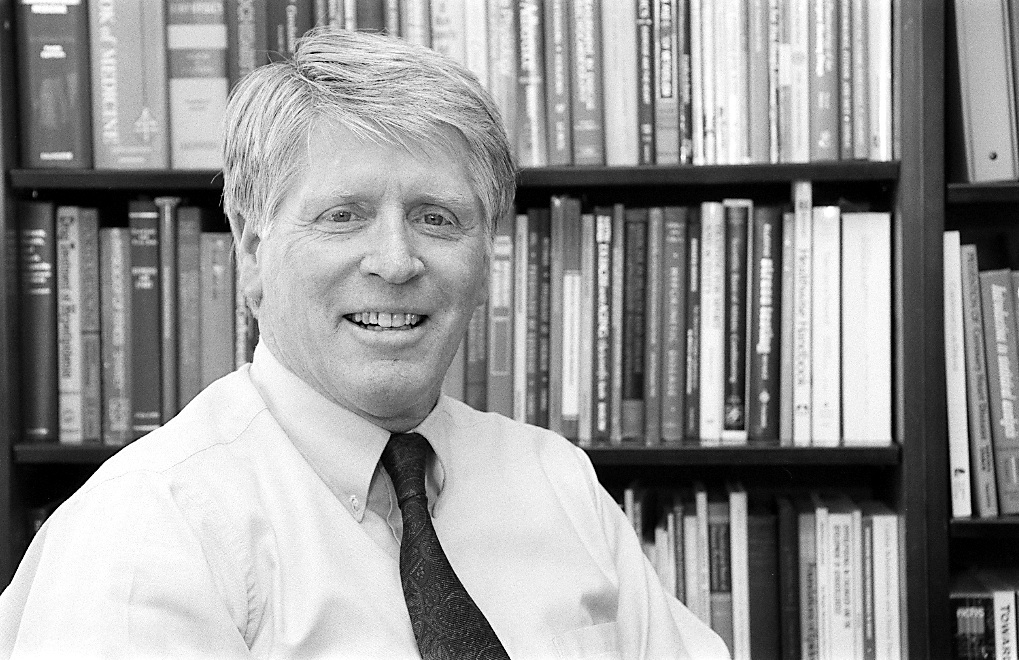
Researcher William Haskell shows that intensive lifestyle changes and prevention/treatment programs can reduce cardiac events and slow the progression of atherosclerosis in coronary arteries.
-
Development of a technique that enables researchers to toggle genes on and off in experimental animals

Pathologist Gerald Crabtree develops techniques that allow scientists to toggle genes on and off in animal models.
-
Development of the new diagnostic instrument for rapid bedside screening of hemolysis in jaundiced newborns

Neonatologist David Stevenson develops a diagnostic instrument that provides rapid bedside screening for the breakdown of red blood cells in jaundiced newborns.
-
Development of the microarray technology that allows researchers to see at once which genes of the thousands present in a cell are switched “on”
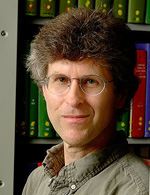
Biochemist Pat Brown and colleagues develop microarrays, or gene chips, that allow researchers to analyze the activity of thousands of genes in a cell at once.
Read more about Dr. Pat Brown (PDF)
-
First optical imaging of infection in vivo
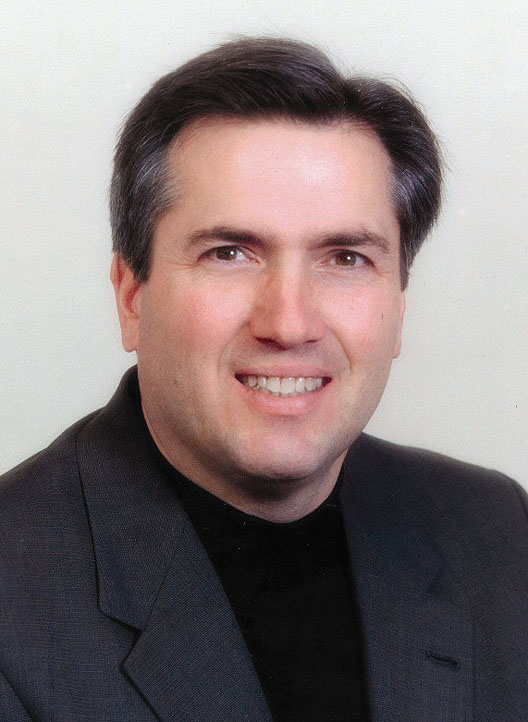
Christpher Contag and David Benaron develop optical imaging that allows researchers to detect and track bioluminescent bacteria in mice.
-
Discovery that the p53 protein, known to be involved in controlling cancerous tumors, works as an “emergency brake” on cancer development

Oncologist Amato Giaccia and his colleagues find that the p53 protein, known to be involved in controlling cancerous tumors, can help halt cancer development.
Read more about Dr. Amato Giaccia (PDF)
-
Discovery that mutations in a single gene are responsible for the most common form of skin cancer in humans

Developmental biologist Matthew Scott and a team at UC-San Francisco discover that a defect in the hedgehog gene causes basal cell carcinoma.
-
First optical imaging of gene expression in vivo

Christopher Contag develops a technique to detect light emitted when certain genes are activated in a living animal model.
-
Completion of a multicenter trial showing that standard chemotherapy for most children with early-stage non-Hodgkin’s lymphoma can be safely reduced

Pediatric oncologist Michael Link leads a study that shows chemotherapy can be reduced by two-thirds in children with early-stage non-Hodgkin's lymphoma with no negative consequences.
-
First experimental demonstration that limiting children’s television use prevents excess weight gain

Pediatrician Thomas Robinson finds that children who curtailed their television time gained significantly less body fat than those who didn't .
-
Discovery of a genetic mutation that causes narcolepsy, a disabling sleep disorder affecting humans and animals

Sleep researcher Emmanuel Mignot identifies the defective gene that causes narcolepsy, a disabling sleep disorder affecting humans and animals.
-
Solution of the structure of the RNA polymerase protein, a pivotal molecule that copies genes from DNA to RNA

Structural biologist Roger Kornberg shows the structure of the RNA polymerase protein, a step in the transfer of information from gene to protein. The discovery will later earn Kornberg the 2006 Nobel Prize in Chemistry.
-
Discovery of hereditary arthritis gene

Developmental biologist David Kingsley discovers that a gene that transports pyrophosphate into cells may regulate the development of arthritis in humans and animals.
-
First use of gene expression profiling to distinguish cancer sub-types
-
Participation in the successful international effort to complete the human genome sequencing project
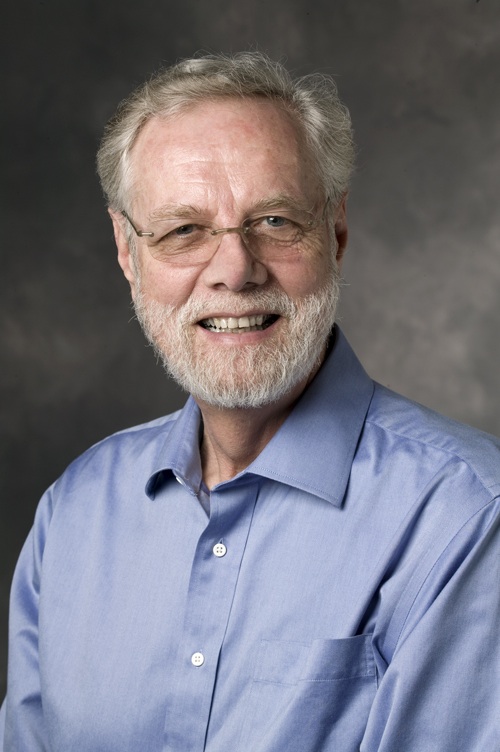

Teams headed by geneticist Richard Myers and biochemist Ronald Davis help sequence the human genome.
-
Identification of a novel gene family involved in asthma

In a study in mice, researcher Rosemarie DeKruyff identifies a gene family that may underlie the development of asthma.
-
First use of RNAi to switch off genes in mice

Geneticist Mark Kay uses a gene-therapy technique known as RNA inihibition to switch off genes in mice, which could point toward development treatments for cancer, hepatitis C and AIDS.
-
First use of gene expression profiling to predict cancer outcomes
-
Discovery that training exercises can physically change the way the brain is wired
-
Discovery that Wnt genes, first discovered as critical genes in cancer, are also critical regulators of stem cell development

Developmental biologist Roeland Nusse isolates a group of proteins called Wnts that help keep stem cells in their youthful state.
-
Discovery of obestatin, a hormone that suppresses appetite

Endocrinologist Aaron Hsueh discovers obestatin, a hormone that supresses appetite and may lead to treatments for obesity.
-
Discovery of a protein that may explain why tumors in a low-oxygen environment are so deadly

Radiation oncologist Amato Giaccia identifies a protein called lysyl oxidase that, when found in a low-oxygen environment, may cause fast-spreading cancers.
-
Discovery that stem cells transplanted into the brains of rats and mice navigate toward areas damaged by stroke

Neurosurgeon Gary Steinberg tracks human stem cells transplated into brain of rats, finding that they successfully navigate toward areas damaged by stroke.
-
Application and expansion of optogenetics, a technique to control brain cell activity with light
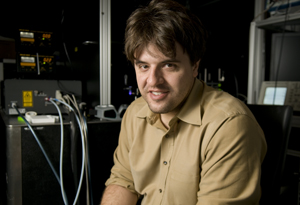
Bioengineer Karl Deisseroth and his team develop a technique known as optogenetics that allows them to genetically alter brain cell activity in mice with light.
-
Identification of a pattern of gene expression shared by transplant patients who are able to stay healthy without anti-rejection drugs

Pediatric nephrologist Minnie Sarwal finds that kidney transplant recipients with a similar gene-expression pattern were able to eliminate or reduce their dependence on immunosuppressive drugs.
-
Discovery of a molecule that kills kidney cancer cells

Radiation oncologist Amato Giaccia identifies a molecule that kills kidney cancer cells, which could provide new treatment options.
-
Development of a new type of imaging system that can illuminate tumors in living subjects, getting pictures with a precision of nearly one-trillionth of a meter
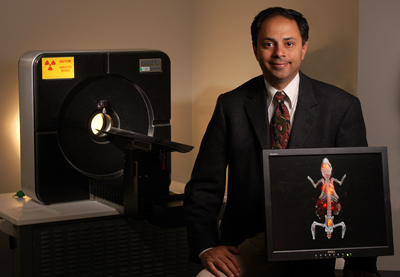
Radiologist Sanjiv Gambhir develops a new type of imaging system that can illuminate tumors in living subjects with a precision of nearly one-trillionth of a meter
-
Development of a test that reduces the risks in testing for chromosomal disorders such as Down syndrome


Bioenginner Stephen Quake and his team develop a method of screening a pregnant woman's blood to identify chromosomal disorders, such as Down syndrome, in her fetus.
-
A researcher sequences his own genome for less than $50,000 and with a team of just two others

A technique developed by bioengineer Stephen Quake enables him to sequencs his own genome for less than $50,000 and with a team of just two others.
-
Discovery of the first human bladder cancer stem cell
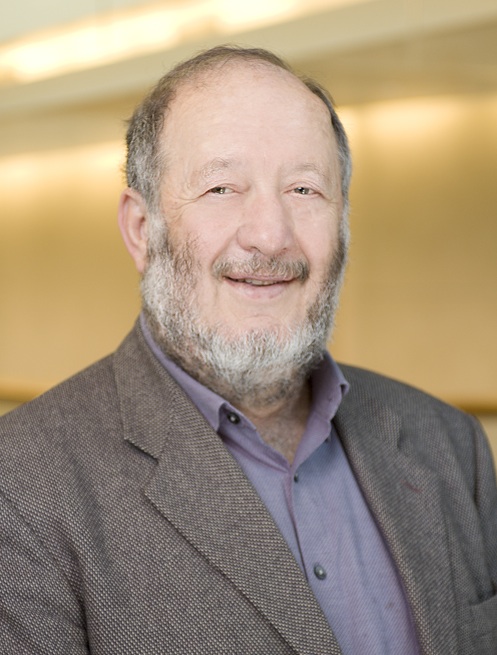
Pathologist Irving Weissman identifies the stem cell that gives rise to bladder cancer, and also shows how the cell uses the "don't-eat-me" signal, a molecule known as CD47, to evade the body's defenses.
-
Discovery of a "don't-eat-me" signal that allows blood cancer stem cells to migrate safely through the body
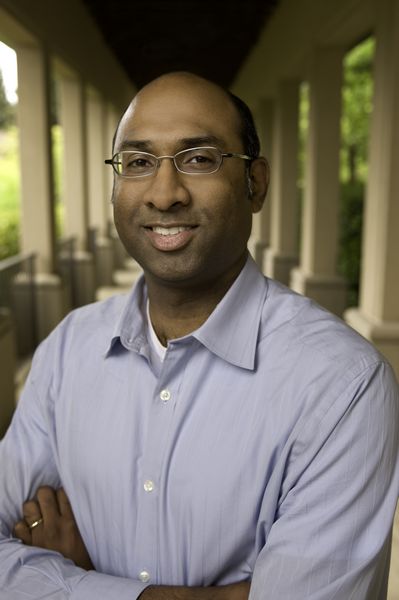
A team of researchers led by Irving Weissman discovers that leukemia stem cells evade detection by mimicking normal cells and moving safely within the body.
-
For the first time, researchers use a healthy person's complete genome sequence to predict his risk for dozens of diseases

A team of researchers analyzes bioengineer Stephen Quake's genome, predicting his likelihood of developing heart disease, Alzheimer's and cancer.
-
Scientists transform mouse skin cells directly into functional nerve cells with the application of just three genes

Pathologist Marius Wernig turns mouse skin cells into cells that insulate neurons with the application of just three genes.
-
First use of aggregate patient data from electronic medical records to select treatment for a rare pediatric condition


Physicians at Lucile Packard Children's Hospital Stanford use aggregate patient data from electronic medical records to identify the best option for treating a patient with rare disorder.
-
Stanford/Packard scientists find new uses for existing drugs by mining gene-activity data banks

Studies by Marina Sirota, Joel Dudley and Atul Butte demonstrate an approach that could quicken the pace of combating difficult diseases by matching them with drugs that are already approved for other indications.
-
Scientists demonstrate that elevating the brain's susceptibility to stimulation can produce social deficits resembling those of autism and schizophrenia

Bioengineer Karl Deisseroth uses the optogenetic technique in mice to switch on and off the social-behavior deficits that resemble those in humans with autism and schizophrenia.
-
Using skin cells from patients with a severe genetic heart defect, researchers create human heart cells with the same genetic mutation, allowing them to test drugs on the cells

Using skin cells from patients with a severe genetic heart defect, neurobiologist Ricardo Dolmetsch creates human heart cells with the same genetic mutation, allowing his team to test drugs on the cells.
-
New method allows sequencing of fetal genomes using maternal blood

Bioengineer Stephen Quake develops a groundbreaking method to sequence the genome of an unborn baby using only a blood sample from the mother.
-
Use of a single antibody caused human tumors transplanted into laboratory mice to disappeared or shrink

Pathologist Irving Weissman shows that a single antibody, which counters the effect of the CD47 molecule, shrinks a variety of human tumors transplanted into mice.
-
First-ever integrative 'omics' profile lets scientist discover, track his diabetes onset

Geneticist Michael Snyder integrates a deep analysis of his DNA, RNA and the proteins in his cells; the analysis correctly predicts that he will develop diabetes.
-
A new technique induces egg growth in infertile women, and one gives birth
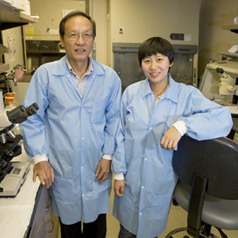

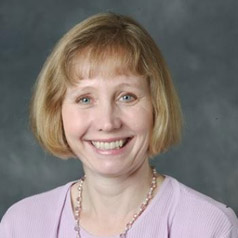
An in-vitro activation procedure developed by endocrinologist Aaron Hsueh is used to induce egg growth in some infertile women, and one gives birth.
-
A hydrogel process developed at Stanford creates transparent brain

 Bioengineer Karl Deisseroth develops CLARITY, a process that renders brain tissue from mice transparent, allowing the entire brain structure and its wiring to be studied.
Bioengineer Karl Deisseroth develops CLARITY, a process that renders brain tissue from mice transparent, allowing the entire brain structure and its wiring to be studied. -
Study finds DNA of peanut-allergic kids changes with immune therapy

Research led by immunologist Kari Nadeau shows a blood test could determine whether patients who have been desensitized to their peanut allergies need to continue eating peanuts daily to retain their tolerance.
-
Study finds gene variant puts women at higher risk of Alzheimer’s than it does men

Michael Greicius and his team have found that women who carry a copy of a gene variant called ApoE4 have a substantially greater risk of developing Alzheimer's.
-
Study finds infusion of young blood recharges brains of old mice

Wyss-Coray and his collaborators are working to discover the specific factors in the blood of young mice that can recharge the brain of an old mouse.
